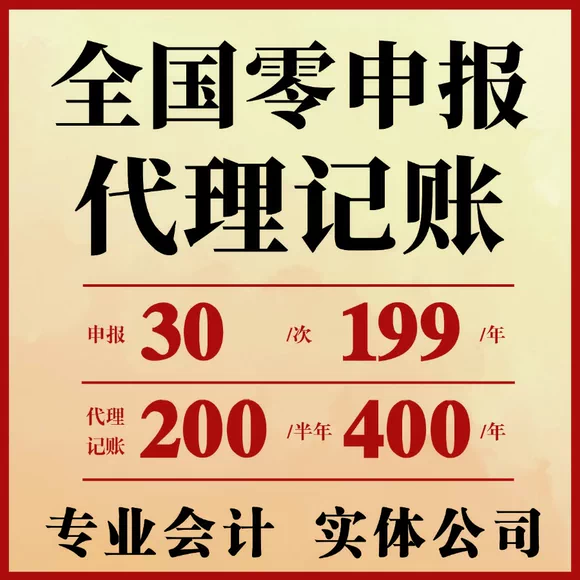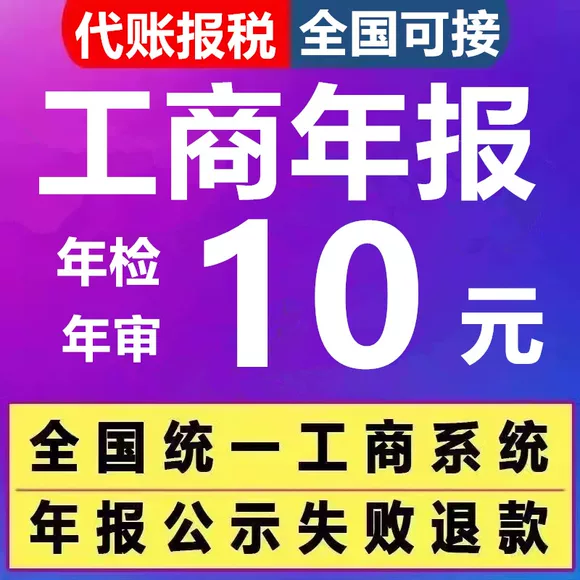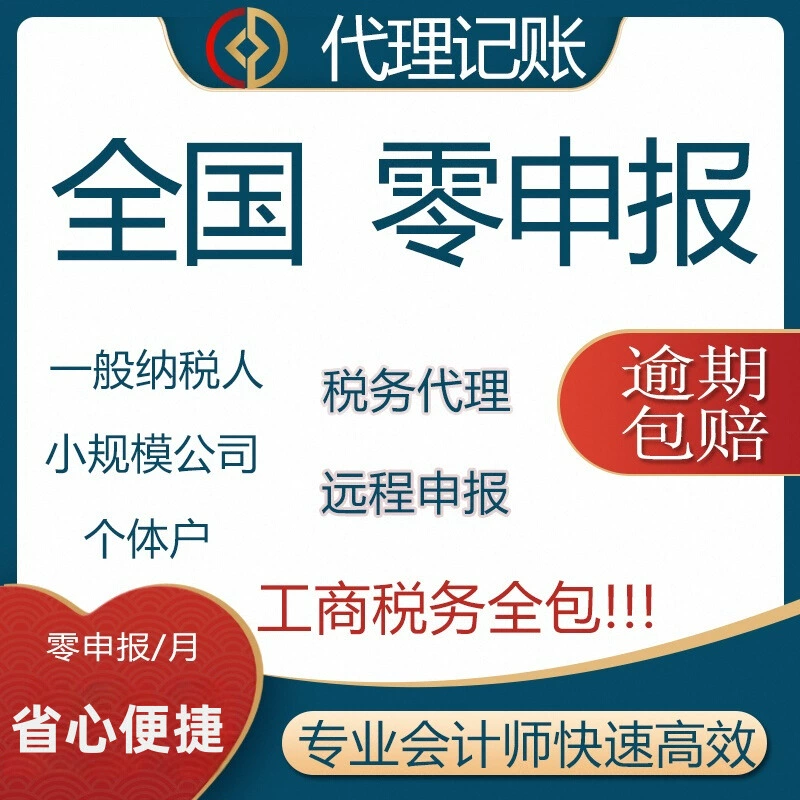
浅析“十八反”中甘草与海藻配伍Analysis on the Compatibility of Licorice and Seaweed in “18 Anti”DOI: 10.12677/TCM.2023.121003,PDF, HTML, XML, 被引量 下载:352 浏览:1,247 作者: 刘少勤:湖北中医药大学,湖北 武汉 关键词: 甘草;海藻;十八反;配伍;Licorice; Seaweed; 18 Anti; Compatibility摘要: 关于“十八反”理念来源,五代后蜀•韩保昇修订的《蜀本草》中提到“相恶者六十种,相反者十八种”,其名就源于此。甘草与海藻这一药对为“十八反”中相反药对之一,两药同时使用可引起药效的降低或产生或增强毒性,但在临床上不乏医家在方药中应用此配伍,以达到“相反相成”之功。吾观之新奇,遂查阅古籍,并结合现有文献分析两药的主要成分、药理毒理及其临床应用,大致概述两者配伍的情况。以期中医医者在临证时灵活应用“十八反”中甘草、海藻药对,发挥其独特功效,从而扩大中药的应用范围。Abstract: As for the origin of the concept of “eighteen opposites”, the Shu Materia Medica revised by Han Baosheng in the five Dynasties mentioned that “there are sixty kinds of antagonists and eighteen kinds of opposites”, which is where the name comes from. The medicinal pair of licorice and seaweed is one of the opposite medicinal pair in the “eighteen anti”. The simultaneous use of the two medicines can cause the drug effect to reduce or produce or enhance the toxicity. However, there are many doctors in clinical application of this compatibility in prescriptions, in order to achieve the “opposite and complementary” function. Because of the novelty of my opinion, I consulted ancient books and analyzed the main components, pharmacology and toxicology and clinical application of the two drugs combined with the existing literature, and roughly summarized the compatibility of the two drugs. It is expected that the TCM practitioners can flexibly apply the licorice and seaweed medicine pair in “18 anti” to give full play to their unique effects, so as to expand the application scope of TCM.文章引用:刘少勤. 浅析“十八反”中甘草与海藻配伍[J]. 中医学, 2023, 12(1): 10-15. https://doi.org/10.12677/TCM.2023.121003
1. 引言
“十八反”是古今医药界共同认可的中药配伍禁忌理论之一。五代后蜀·韩保昇修订《蜀本草》时,首先统计药物七情数目,提到“相恶者六十种,相反者十八种”,其名就源于此 [1]。《神农本草经》提出“勿用相恶相反者” [2],即言相恶者,是指两味中药合用,一味中药使另一味中药原有功效降低,甚至功效丧失;相反者,即两味中药同用可引起疗效的降低或产生或增强毒性,两者皆为中医配伍用药禁忌。据此可知,在临床应用上应“勿用相恶相反者”。《神农本草经》还首次提出“甘草反海藻”这一理论,言明甘草海藻药对属于中药“十八反”中反药配伍之一。但从古至今也有不少医家仍用甘草与海藻配伍应用并收获奇效的案例 [3]。




